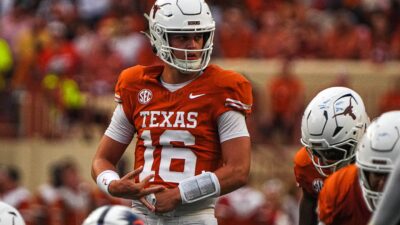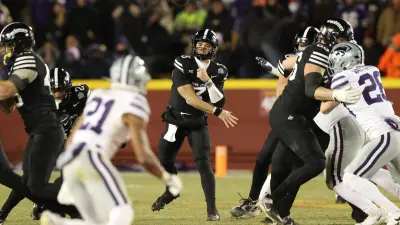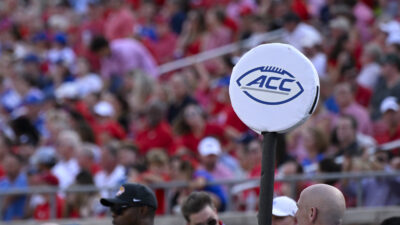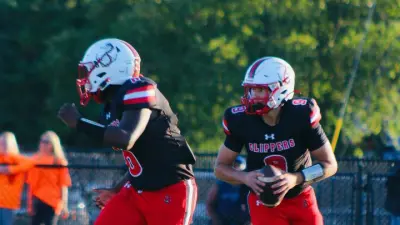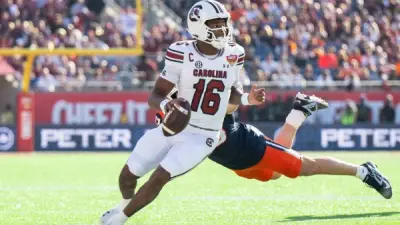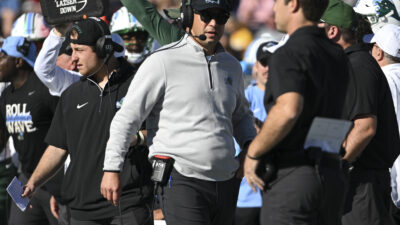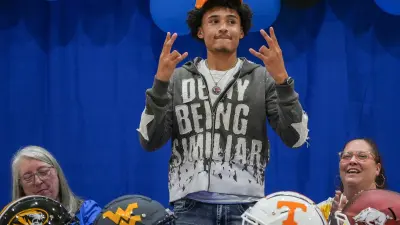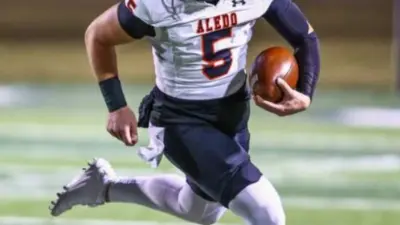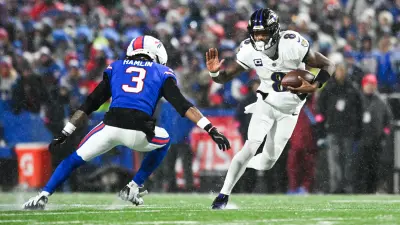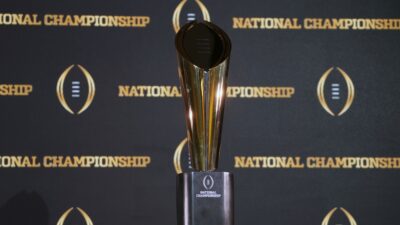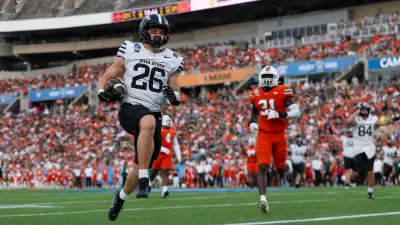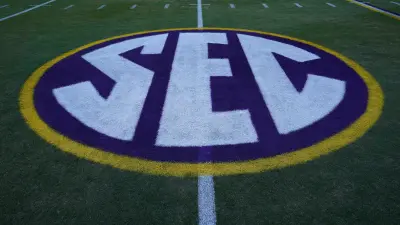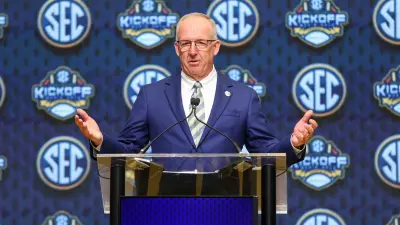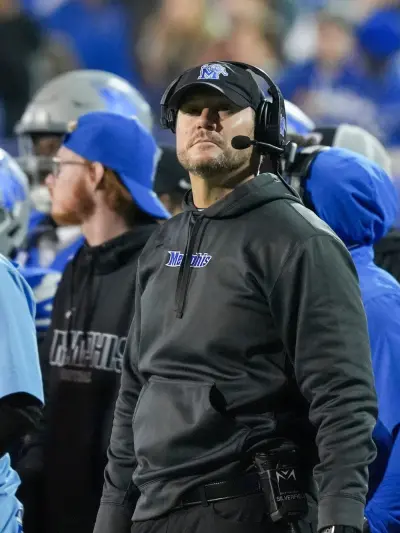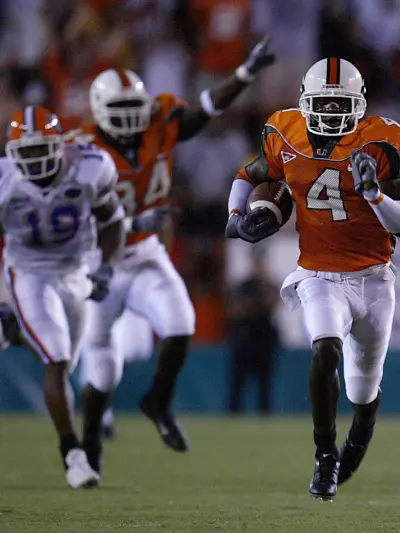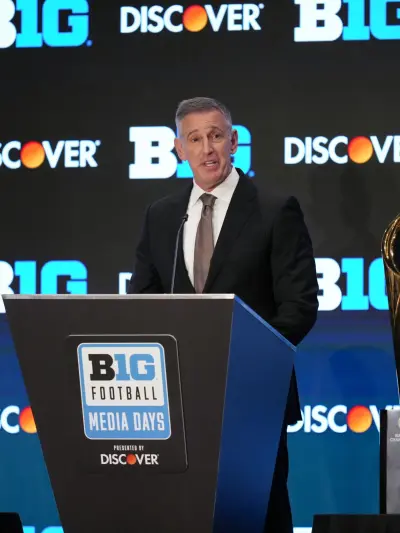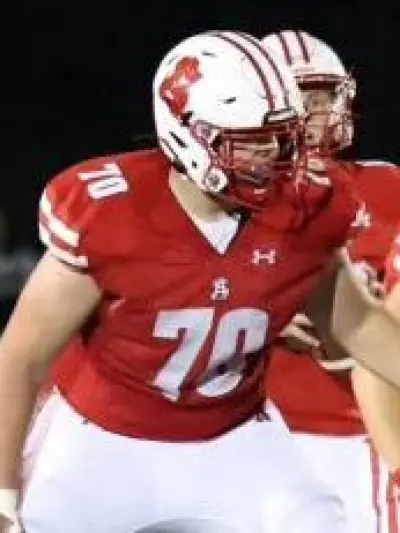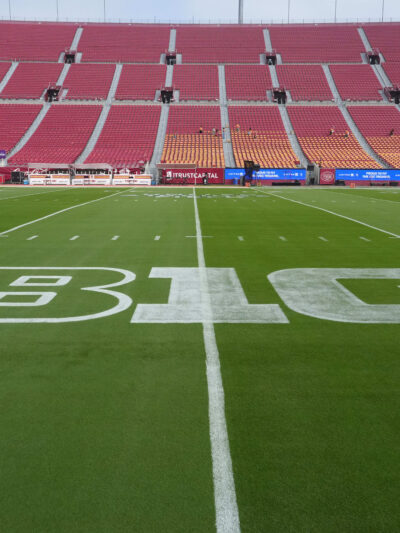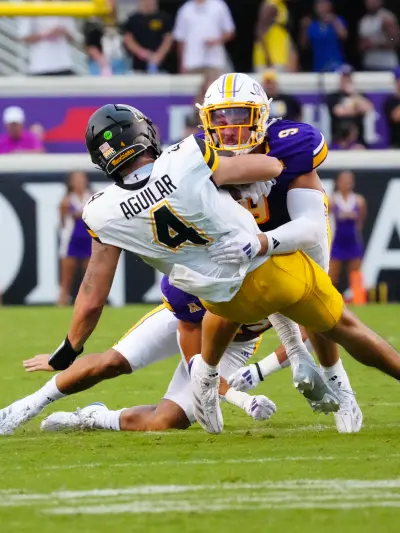By Staff
College football has always been more than just a sport. It’s a cultural cornerstone, a talent pipeline to the NFL, and a major economic driver for universities and media networks. But recent changes to the Name, Image, and Likeness (NIL) rules have shifted the landscape dramatically. What was once a debate about fairness and amateurism has evolved into a powerful movement that’s redefining recruiting, performance incentives, and competitive balance.
For those looking to explore other types of competitive entertainment, click here to enjoy online games with engaging features and dynamic gameplay. The same thrill you experience on the gridiron can now be found in virtual formats.
Understanding the NIL Revolution
The introduction of NIL rights allowed college athletes to profit from endorsements, merchandise, appearances, and social media—something previously prohibited. This shift wasn’t merely regulatory; it was revolutionary. For decades, athletes generated billions for schools while receiving only scholarships in return. NIL laws have changed that dynamic.
Athletes can now monetize their brand while still in school, drawing attention from national sponsors and local businesses alike. This development has opened doors to creative and lucrative opportunities. From apparel partnerships to social media sponsorships, college players are becoming full-fledged entrepreneurs before their first professional snap.
Recruiting Reimagined
More Sports News
The recruitment process has transformed from a focus on tradition and playing time to one that now includes financial potential. While facilities, coaching, and school prestige still matter, NIL packages are often the tipping point in a student-athlete’s decision.
The Rise of NIL Collectives
One major development in recruitment is the rise of NIL collectives. These organizations, often backed by alumni or local businesses, pool resources to provide endorsement deals for prospective players. This setup allows top programs to attract elite talent not just with tradition but with tangible financial support.
Key implications of NIL collectives:
- Increased disparity between well-funded and smaller programs
- Shifting power dynamics in conference alignments
- Greater influence of boosters in recruitment
These changes have turned college recruiting into a more complex process, with many schools hiring NIL consultants to stay competitive.
Impact on Team Dynamics and Locker Room Culture
With athletes now earning money while in school, new challenges have surfaced within team dynamics. There’s a fine line between celebrating a teammate’s success and managing envy or imbalance in the locker room.
Players earning six figures may find themselves under increased pressure from fans, coaches, and teammates. Coaches now need to manage egos and expectations in ways previously reserved for professional leagues.
Managing Financial Disparity
Uneven earnings among players can disrupt cohesion. Leadership and communication are critical to maintaining a unified locker room. Some programs have started offering financial literacy programs to help athletes handle their newfound income responsibly and keep team spirit intact.
Long-Term Implications for the NCAA and Smaller Programs
Smaller schools and lesser-known programs face an uphill battle in retaining talent. As major programs offer competitive NIL deals, athletes at smaller institutions may seek transfers to capitalize on bigger market opportunities.
This trend could widen the gap between powerhouse schools and those with limited resources. However, it also presents opportunities for creative marketing strategies and niche sponsorships at mid-level programs.
Redefining Competitive Balance
Traditionally, college football offered occasional underdog success stories. NIL could make those moments rarer, as resources begin to dominate outcomes more predictably. However, with proper governance and equal access, there’s potential to use NIL as a tool to empower athletes across all levels of competition.
Opportunities Beyond the Field
While football remains the focal point, NIL’s reach extends beyond sports. Student-athletes are building personal brands, launching businesses, and even giving back to their communities. It’s an exciting time that blurs the line between amateur athletics and real-world entrepreneurship.
Building a Brand While Building a Career
Some players are capitalizing on NIL by:
- Launching personal clothing lines
- Becoming motivational speakers
- Creating digital content channels
- Partnering with non-profit organizations
These ventures help athletes secure long-term financial stability and professional skills—often before graduating college.
Conclusion
College football is undergoing a historic transformation. NIL is not a passing trend; it’s a permanent fixture that demands adaptation and forward thinking. Athletes, coaches, schools, and fans must embrace this change to ensure the sport continues to thrive.
This new era brings both opportunity and complexity. For players, it’s a chance to gain financial independence and career experience early. For programs, it’s a test of innovation and strategy. And for fans, it’s an exciting evolution in how college football is played, managed, and celebrated.
